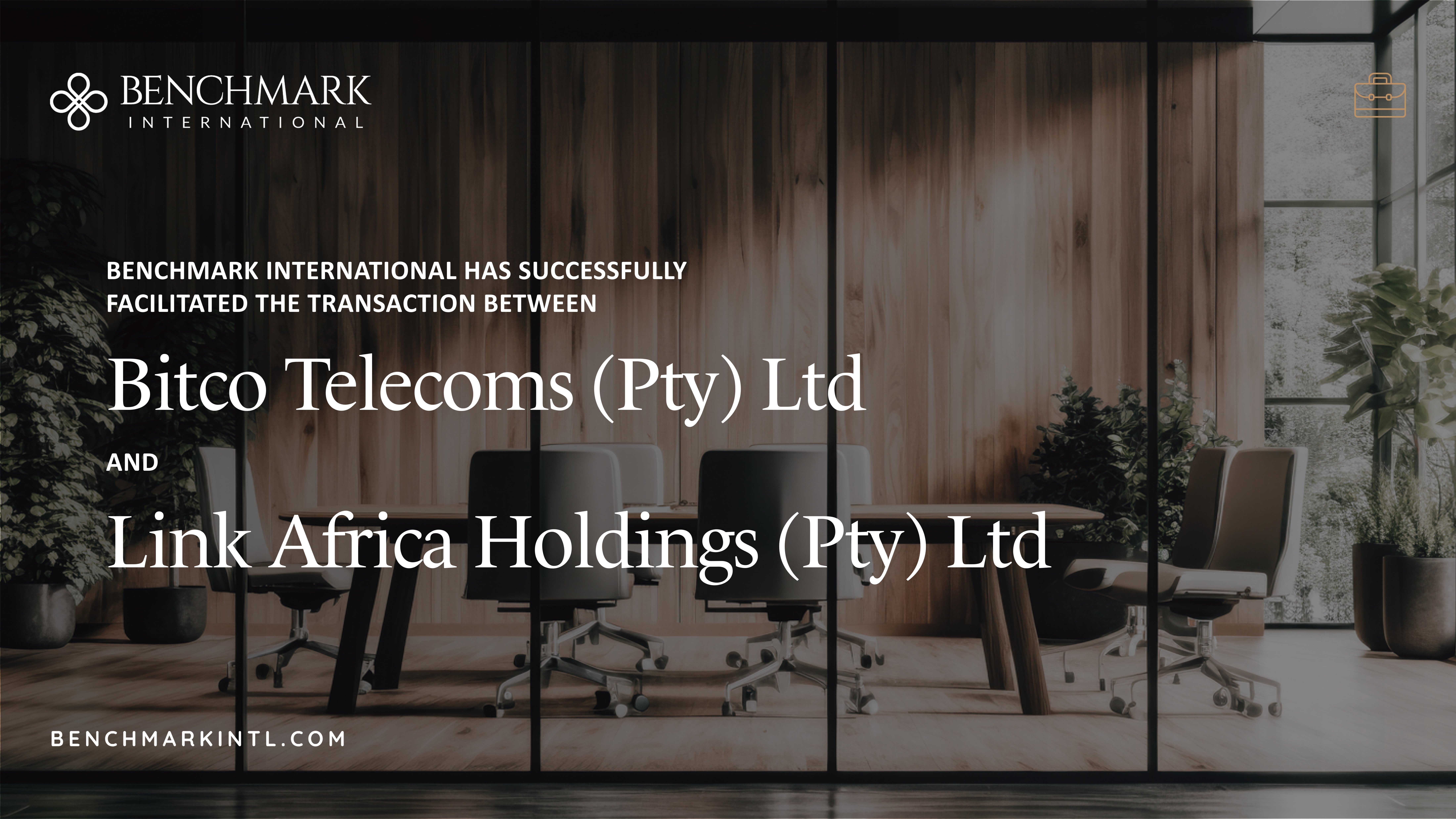Within M&A there will always be a winner and, ideally, the deal will be a resounding success for both parties. However, more often than not there will be someone who loses out, and the road towards successful M&A is not always straightforward.
There are many obstacles which can break down a deal, and even after a deal has successfully completed, there remain a multitude of ways in which the transaction can fall apart. Typically, post-deal issues will arise from staff engagement, as cultural harmony between two organisations can be difficult to achieve. Many employees can feel a sense of disillusion or disengagement, and a lack of morale or willingness to collaborate with a new company can prove to be a significant hurdle when it comes to successful integration, meaning that the HR department is more influential than ever.
With that in mind, it’s crucial that both parties in any transaction communicate and collaborate effectively in order to make the transition to the new, merged company as smooth as possible and avoid the possible clash of corporate cultures. Strategic team building exercises are just one way in which organisations can help both groups of employees to become acquainted with each other, however businesses must also consider how their future company will be structured, and exactly how their employees will work together.
Role Evaluation
Although this may be the last thing that any employee wants to hear when a company heads into M&A, examining current roles is the best way to determine how current staffing structures will fit into the new organisation. Consider what the deal will demand of employee roles: will they have to adopt new responsibilities, travel or even move permanently to new offices? The transaction may also open up new opportunities, and although an acquired company will bring acquired talent with it, there may be gaps in the team that need to be filled. Encouraging current employees to be part of the recruitment process by getting their input will make them feel more included in the structuring of the business.
Messaging
It’s essential that internal messaging is clear and consistent throughout the deal, right up until the transaction has completed and integration begins. Any letters or emails to employees should send a positive and collaborative message, and should be worded carefully in order to alleviate any fears about the future of the business.
While internal messaging throughout the deal is key, it’s also important to update marketing material and other processes that reflect the new company’s employer brand. Attracting new employees to the business is just as important as retaining those already in it, and strong employer branding will ease a potential employee’s concerns or confusion about the company following M&A.
M&A can certainly create challenges, however HR professionals should take advantage of the opportunities that a merger presents. Stay tuned to our blog for M&A news and remember to get in touch with our experienced team with any questions you have about the M&A process and how Benchmark International can help you.
 Benchmark International
Benchmark International  Benchmark International
Benchmark International 



